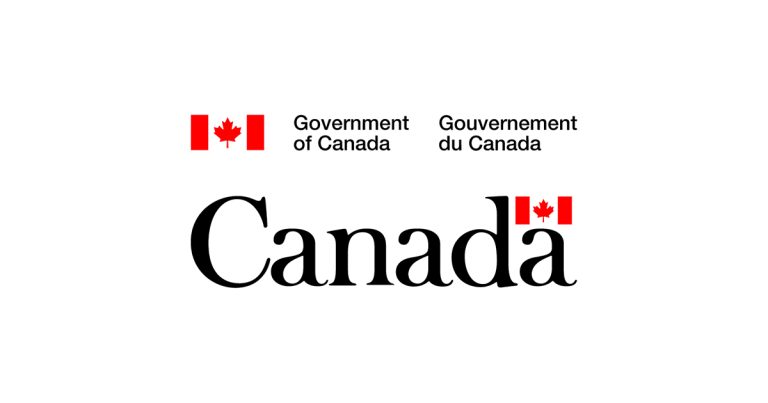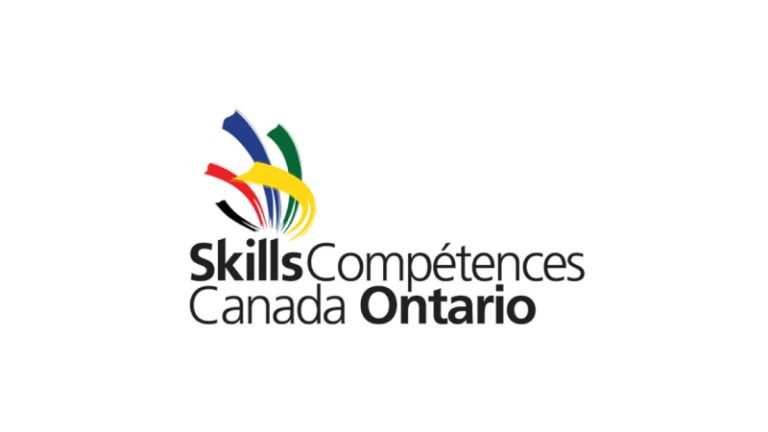Corporations’ Long-Term Success Hinges on Their Business Model Supporting Humanity’s Prosperity

July 25, 2019
Ahead of Earth Overshoot Day this July 29, Schneider Electric has announced its commitment to promote one-planet compatibility as the necessary framework for long-term business success. Schneider Electric’s White Paper, published on July 22, lays out the detailed approach and supporting metric for one-planet compatibility and humanity’s prosperity. It was developed in partnership with Global Footprint Network, the international sustainability organization that pioneered the Ecological Footprint.
Earth Overshoot Day marks the day when human demand for food, fiber, timber, and carbon absorption (global Ecological Footprint) exceeds the amount of biological resources that Earth’s ecosystems can renew in the whole year (global biocapacity). This year, Earth Overshoot Day lands on the earliest date ever, July 29, according to Global Footprint Network. This date highlights that humanity is using biological resources 1.75 times faster than nature can renew them, worsening the ecological deficit for 5 months of the year through depleting Earth’s natural capital. It is said that humanity “uses” 1.75 planets. Carbon emissions make up 60% of the total Ecological Footprint.
Since the world fell in ecological overshoot in the early 1970s, Earth Overshoot Day keeps creeping up the calendar. Thirty years ago, it landed in October, then late September twenty years ago. After a recent slowdown, the pace has picked up again in the past two years because of an uptake in carbon emissions.
The trend is reversible
One-planet compatibility requires moving the date of Earth Overshoot back to December 31 or beyond. Decarbonizing the economy is a powerful lever to #MoveTheDate. Cutting global carbon emissions in half would move the date by three months, according to Global Footprint Network. For the last two years, Schneider Electric has been working with Global Footprint Network to assess solutions. Research by these two organizations indicates that if 100% of the existing building and industry infrastructure were equipped with readily available energy efficiency and renewable energy technology from Schneider Electric and its partners, assuming no shift in human habits, the date of Earth Overshoot Day could move back by at least 21 days. This means that energy retrofits alone could make a difference of three weeks. For added perspective, if we move Earth Overshoot Day back by five days every year, we will be back to one-planet compatibility before 2050, in line with the Paris Climate Agreement.
“One-planet compatibility has to become a new measurement of how a given business strategy helps society, or not, move the date of Earth Overshoot Day,” said Xavier Houot, Senior Vice President Global Safety, Environment, Real Estate. “Such a metric forces the adoption of an outside-in lens and introspect: ‘Does our business operate within one-planet constraints and boundaries?’ and ‘Do our offers tangibly help our customers move out of ecological overshoot?’. If the answers are positive, long-term prosperity is much more likely. Being part of the solution carries increasingly more weight in the eyes of investors, markets… and millennials alike!”
Implications for business In 2019, Schneider Electric and Global Footprint Network teamed up to invite business leaders to assess how one-planet compatibility strategies can deliver differentiation and value in the market. One-planet companies are those companies whose goods and services contribute to humanity’s demands on nature being in balance with what Earth’s ecosystems can provide. More specifically, those companies whose business models increase human well-being while also increasing resource security (see Figure 2) are much more likely to be economically successful in the long-run than those companies that are incompatible with one-planet prosperity and will inevitably face shrinking demand and increasing risks.
One-planet prosperity is a simple compass to assess companies’ strategies against two essential questions: “Do I operate within one-planet constraints?” and “Do my offers help customers move out of ecological overshoot?”, as indicated in the White Paper for C-level audiences. Titled “The business case for one-planet prosperity”, it features strategies to deliver long-term value from several companies in diverse sectors such as energy, food, healthcare, and waste remediation.
Go HERE for more information on the Global Footprint Network










![Guide to the Canadian Electrical Code, Part 1[i] – A Road Map: Section 52 — Diagnostic imaging installations](https://electricalindustry.ca/wp-content/uploads/2022/11/Guide-CE-Code-2.png)





